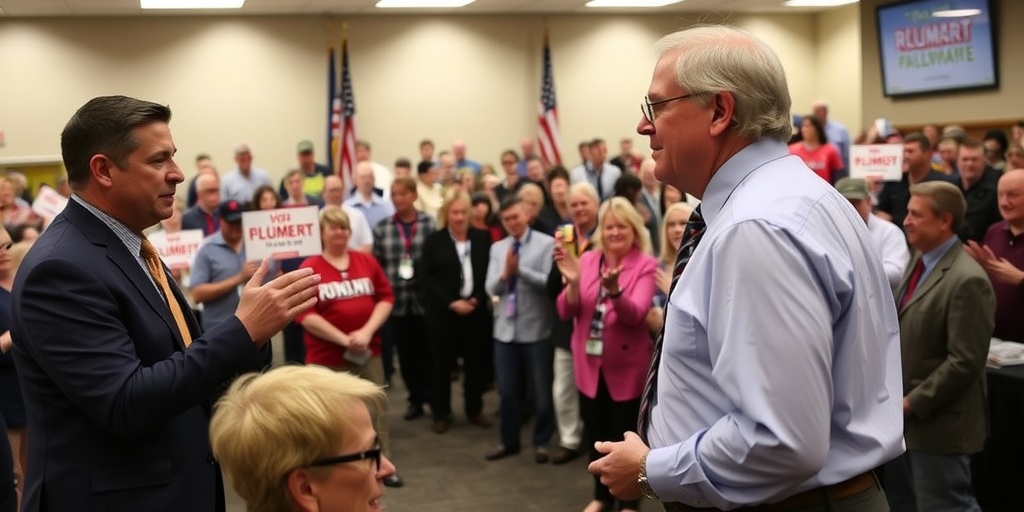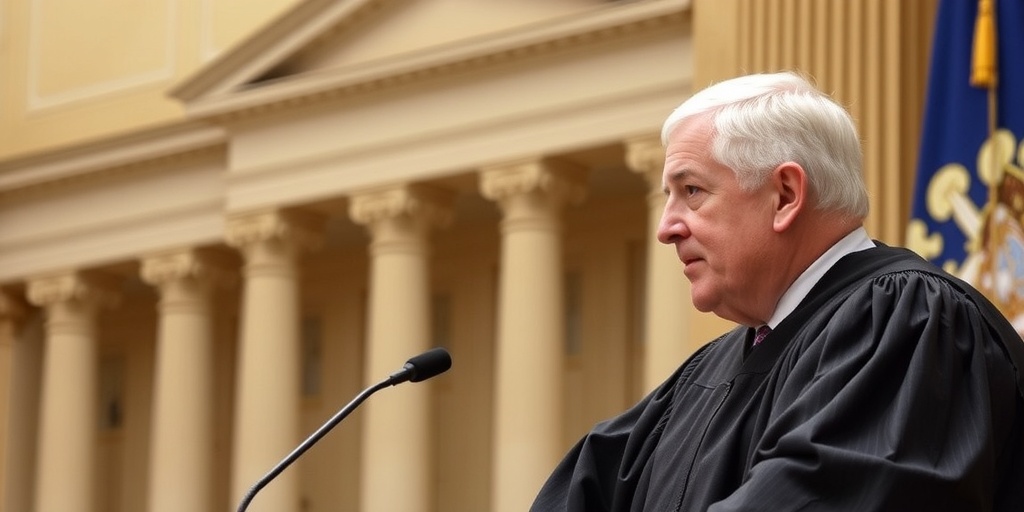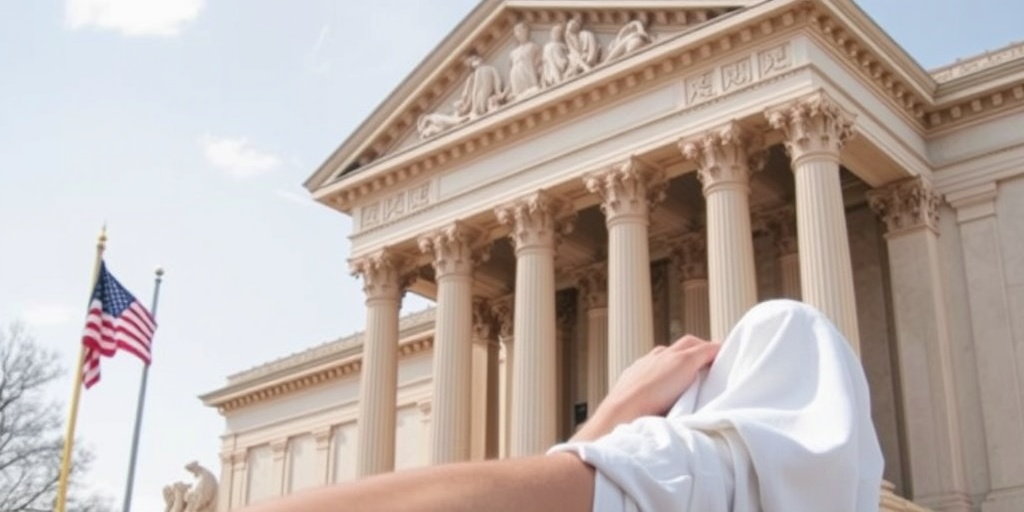Now Reading: Who Will Step In as U.S. Reduces Foreign Aid?
-
01
Who Will Step In as U.S. Reduces Foreign Aid?
Who Will Step In as U.S. Reduces Foreign Aid?

Title: The Impending Void: Addressing the Withdrawal of U.S. Foreign Aid in Global Health
As the reality dawns on the world that the United States is drastically reducing its foreign assistance to developing nations, a pressing dialogue is being initiated among governments, philanthropists, and global health organizations. The central inquiry emerging from this discourse is: who will step in to fill the void left by the U.S.?
In the previous year, the United States allocated approximately $12 billion toward global health initiatives. This funding has been critical in combating diseases such as HIV, administering childhood vaccinations against polio, measles, and pneumonia, ensuring clean water for refugees, and providing treatments and diagnostic tools for malaria. The next largest donor, the Gates Foundation, contributed a mere $1.86 billion in 2023, highlighting the significant gap that exists. As Dr. Ntobeko Ntusi, the chief executive of the South African Medical Research Council, poignantly noted, “The gap that has been filled by the U.S. cannot be easily matched by anybody.”
U.S. foreign assistance has primarily been facilitated through the United States Agency for International Development (U.S.A.I.D.), which has seen significant cuts under the Trump administration. Other vital agencies, such as the National Institutes of Health, are also experiencing substantial reductions in research grants. The ramifications of these cuts are particularly dire for Africa, where approximately 85% of U.S. global health spending has been directed.
Countries like Somalia, where U.S. aid constituted 25% of the national budget, and Tanzania, heavily reliant on U.S. funding for public health, face catastrophic outcomes due to this reduction in aid. Furthermore, major global health agencies are also grappling with the critical fallout of these impending cuts.
In light of this pressing situation, discussions have begun regarding the potential involvement of other countries, particularly China, in areas where the U.S. is withdrawing. Dr. Ntusi suggests that appeals may be made to significant philanthropic entities such as the Gates Foundation and Open Philanthropy. The outlook is grim, as the U.S. remains the largest donor to organizations like Gavi—the global vaccine initiative—and the Global Fund to Fight AIDS, Tuberculosis, and Malaria. These programs are now under review by the State Department, which will only continue funding for those aligning with national interests.
The challenge of finding alternative funding amidst reduced contributions from G7 countries, the European Union, and other high-income nations looms large. While countries like Saudi Arabia and South Korea have emerged as new donors to the World Health Organization, their contributions fall short compared to historical U.S. funding. The World Bank, with the potential to provide innovative financial solutions, such as debt-for-health swaps, has yet to respond significantly.
One country whose presence is heavily scrutinized in this evolving landscape is China. With a growing influence through infrastructure financing in Africa, China is seen as a potential key player in filling the gap left by the U.S. Many analysts point out that China utilizes foreign aid similarly to the U.S. during the Cold War, as a means of soft power to gain favor with developing nations.
Despite this, Chinese aid primarily consists of loans for infrastructure development rather than substantial support for health initiatives. For instance, China’s Global Development Initiative, unveiled in 2021, allocates $2 billion for various projects, including upgrading livestock production in Ethiopia and combating malaria in Gambia. However, AidData estimates that China provides merely $6.8 billion annually in grants and loans, a sum that starkly contrasts with U.S. levels.
Furthermore, the philanthropic sector is grappling with rising demands from organizations seeking funding to plug the extensive holes left by the U.S. Sheila Davis, CEO of Partners in Health, noted that foundations are inundated with requests for assistance. Despite efforts from entities like the Gates Foundation, which has warned that it cannot cover the gaps left by U.S. aid, the overall response from the philanthropic community has been muted. Many foundations are hesitant to comment, fearing possible repercussions from the Trump administration.
In Africa, governments are now under immense pressure from their constituents to take over the health spending responsibilities that the U.S. previously fulfilled. The continent’s health ministers met to discuss this urgent issue, reflecting the critical state of health funding. Despite the clear need, few African nations have met the 15% health budget commitment outlined in the Abuja Declaration adopted 24 years ago.
For instance, Nigeria recently convened an emergency cabinet meeting to devise a response to the funding shortfall, resulting in an additional $200 million allocated to health, which is still substantially below the $512 million that the U.S. provided in 2023. Dr. Muhammad Pate, Nigeria’s health minister, emphasized the necessity for innovative solutions, including local manufacturing of medical supplies.
The ongoing withdrawal of U.S. aid might herald a significant shift in global influence, creating openings for emerging powers such as China, India, Brazil, and Mexico to assert their roles. Deisy Ventura, a global health ethics professor, highlighted that the absence of U.S. dominance could pave the way for a coordinated international approach to global health.
As the conversation unfolds regarding the future of global health funding, the implications of the U.S. retreat extend beyond mere statistics; they may lead to a redefinition of international partnerships and the landscape of global aid in the years to come.
Stay Informed With the Latest & Most Important News
Previous Post
Next Post
-
 01New technology breakthrough has everyone talking right now
01New technology breakthrough has everyone talking right now -
 02Unbelievable life hack everyone needs to try today
02Unbelievable life hack everyone needs to try today -
 03Fascinating discovery found buried deep beneath the ocean
03Fascinating discovery found buried deep beneath the ocean -
 04Man invents genius device that solves everyday problems
04Man invents genius device that solves everyday problems -
 05Shocking discovery that changes what we know forever
05Shocking discovery that changes what we know forever -
 06Internet goes wild over celebrity’s unexpected fashion choice
06Internet goes wild over celebrity’s unexpected fashion choice -
 07Rare animal sighting stuns scientists and wildlife lovers
07Rare animal sighting stuns scientists and wildlife lovers





















